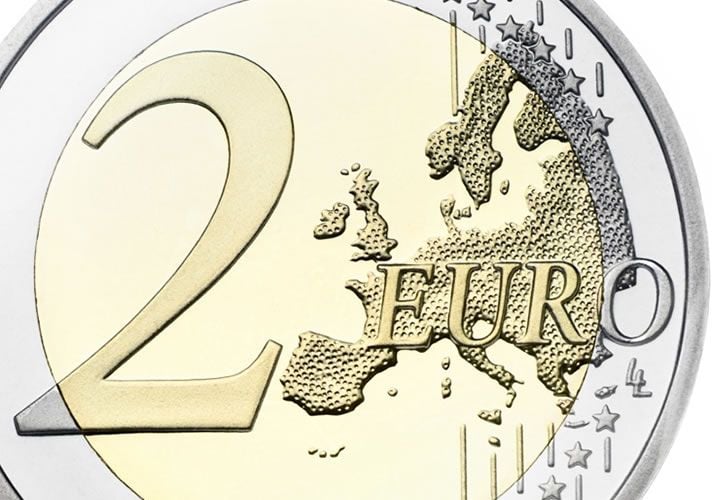Euro to US Dollar: Continuation Lower to Target 1.0500

The Euro continues falling against the Dollar as we enter a new week of trading, with the exchange rate now in the upper 1.0500s.
Last week witnessed a very bearish break below the 50-day moving average which has probably begun a new leg lower for the pair.
The move down off the March 1.0905 highs looks like the beginning – that is the ‘pole’ - of a bearish flag pattern. It could also be a bearish measured move or ABC correction. Regardless of which exact category it falls into, financial markets tend to follow principles of wave equality, such that the current move lower, labelled ‘y’ on the chart will probably be roughly the same length as the previous move, labelled ‘x’.
As such we see a higher than average probability the pair will extend to a target at about 1.0500. This target is reinforced by the location of the 1.0490 lows just below, which are likely to provide a brake (support) to further downside, as well as the S1 monthly pivot at 1.0470.
The MACD has also now fallen below the zero-line indicating the short-term trend has turned bearish.

Data in the Coming Week
The possibility of an anti-Euro, nationalistic, backlash following the terrorist attacks in London and Stockholm have weighed on the single currency recently and analysts will be carefully following French election opinion polls in the coming week to assess the probability of a Le Pen win.
The more likely she is to win, the weaker the Euro will become as she may take steps to weaken European integration or even take France out of the EU altogether.
Coupled with this has been a sell-off on concerns about falling inflation readings which showed Core inflation in the Eurozone dropping from 0.9% to 0.7% in March, however, this may not be a major ongoing source of weakness as the fall was partially due to a change in reporting methods, according to analysts at Commerzbank.
Tuesday sees the release of the ZEW survey of financial professionals at 10.00 GMT and will provide an idea of medium-term economic sentiment. The ZEW is often held up as a remarkably accurate forward indicator of growth, so investors will be watching it carefully.
Friday is ‘Good Friday’ and therefore a national holiday almost the world over.
Data for the Dollar
The US Dollar rebounded after losing ground immediately following the release of Non-Farm Payrolls, which showed a lower-than-expected 98k new jobs added.
Improving relations between Donald Trump and President Xi seemed to be at the root of the recovery, after Trump said he felt there was “tremendous progress” during his talks with the Chinese leader, and added he believes “lots of very potentially bad problems will be going away” as a result of improved relations between the two countries.
For himself Xi said he received a warm reception from members of the Trump administration and the two sides came to “many understandings” after holding “in-depth and lengthy communications.”
As far as hard data in the week goes, this week kicks off with JOLTS Job Openings in February at 15.00 on Tuesday 11, and more investors may be watching this figure than usual, given the lacklustre payrolls data last Friday.
The next major release after that will be CPI for March on Thursday, with Core CPI forecast to slow to 0.2% from 0.3% in the previous month.
Michigan Consumer Sentiment is out on Thursday evening, meanwhile, and is forecast to come off highs and show a decline to 96.6 from 96.9 previously.










